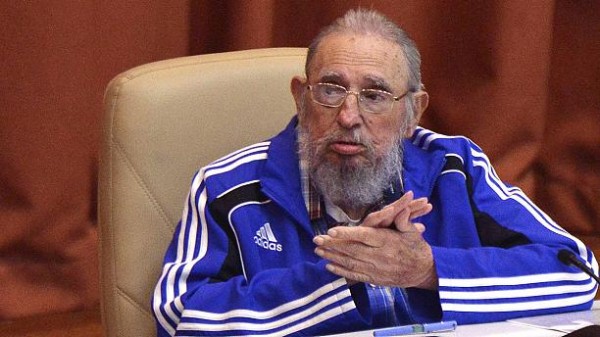The overthrow of the US-friendly and strongly anti-communist regime of President Fulgencio Batista began 47 years of rule by Fidel Castro – a hero for some but considered by others every bit as much a dictator as Batista.
During that near half a century Fidel Castro remade his country.
And aided by the likes of fellow revolutionary Ernesto ‘Che’ Guevara fermented socialist uprisings around the world.
Invasion and missile crisis
Cuban exiles in the United States tried – with Washington’s tacit approval – to bring down Fidel Castro in 1961.
Trained and financed by the Central Intelligence Agency their failed ‘Bay of Pigs’ invasion only served to enhance his reputation.
Castro’s Cuba, a communist outpost on America’s doorstep, risked turning the cold war into a full blown conflict.
Soviet leader Nikita Khrushchev persuaded a reluctant Castro to allow medium range nuclear missiles to be set up in his country, less than 150 kilometres from the US coast.
President John F Kennedy responded with a naval blockade of Cuba
Moscow agreed to withdraw the missiles, extracting at the same time a promise from Kennedy not to invade Cuba.
Soviet support and exodus
For three decades Castro stayed close to the Soviet Union as Moscow helped the Caribbean country build up a huge army of more than 200,000, deployed in the cause of communism in places like Angola.
All trade being banned with its near neighbour the United States,“the Soviets propped up Castro’s government economically”.
But by the end of the 1980s under Mikhail Gorbachev” Russia was heading towards market reforms whereas Castro remained a hard-line communist and relations deteriorated.
As Moscow stopped giving Cuba extremely favourable trade terms the subsequent economic crisis saw widespread shortages.
And in the summer of 1994 30,000 Cubans fled the country taking to anything that would float to try to reach the United States.
Religion and health
Castro has always had an ambivalent relationship with religion.
In the 1990s he loosened restrictions and allowed Pope John Paul II to visit the island in 1998.
The pope criticised the US trade embargo but also called on Castro to institute more freedoms for his people.
As Castro grew older there was increasing speculation about his health and continued leadership.
In 2001, two hours into one of his legendarily long speeches, he appeared to pass out.
In 2006 after having surgery for intestinal bleeding he handed over power to his brother Raul.
Since then Fidel Castro has seldom been seen in public though he has met with high profile visitors to Cuba – Pope Francis last year and the head of the Russian Orthodox Church Patriarch Kirill in February.
But he did appear in April 2016 at the Cuban Communist Party Congress.
There he said: “Soon, I will be turning 90 years old. I never imagined it and it has not been the fruit of any labour. It was purely a whim by destiny. Soon I will be like everybody else, everybody will get their turn but the ideas of Cuba’s Communism will remain.” (Euronews)

